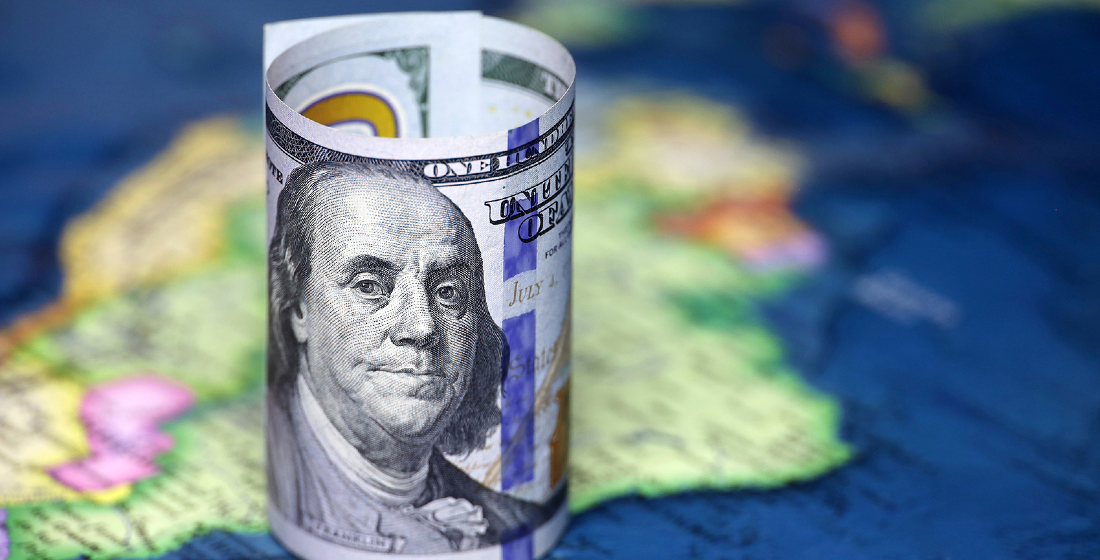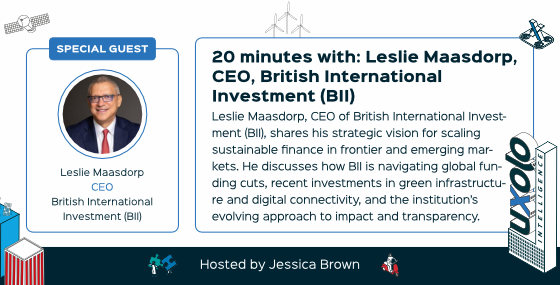CRDCs: Another useful tool for DFIs, MDBs and ECAs?
CRDCs in MDB loans are a step in the right direction for emerging markets debt management. But their application to sovereign bonds is more difficult. And be under no illusions – this is debt management, not debt relief.

Despite the widely noted absence of UK Prime Minister Rishi Sunak from the New Global Financing Pact summit in Paris, the UK’s Minister for Development and Africa, Andrew Mitchell, has announced that UKEF – the UK’s export credit agency (ECA) – has started discussions with 12 partner countries in Africa and the Caribbean to add climate resilient debt clauses (CRDCs, otherwise known as pause clauses) to its new and existing loan agreements.
The CRDC initiative was initially announced by UKEF at COP27 and is the first by an ECA. UKEF has been offering CRDCs in its direct sovereign loans (including the direct lending portion of any hybrid guarantee and lending arrangements) to low-income countries and small-island developing states since April 1.
Under UKEF’s CRDC, eligible countries hit by a climate shock will be able to request a 12-month suspension of all principal and interest payments due to UKEF. The deferred payments will be repayable as a deferred request loan over a five-year period following a one-year grace period. The payment deferrals will also not be considered events of default, however the borrower may only ask for one deferral request in any 12-month period and a maximum of two deferral requests over the tenor of any given debt facility.
Arguably the UKEF offering on its own is more window-dressing than development finance system changing. UKEF exposure to Africa was £4.6 billion at end of 2022 – pocket change given the scale of emerging markets debt problems. And although UKEF claims its CRDC suspends debt repayments on a “cost neutral basis” – there does not appear to be a waiver on the additional interest payments that will ultimately be payable under the deferred request loan.
But the UKEF initiative does proffer, at least in the case of a natural disaster, an in-built sovereign debt deferral mechanism that does not affect sovereign ratings and avoids a chaotic and lengthy debt restructuring process and/or payment default for a country already in financial crisis. It also preserves the borrower’s precious forex liquidity to support immediate disaster relief. In short, CRDCs are a sovereign debt management tool – future-proofing against existing debt headaches caused by climate shock.
The UKEF offering is just a small part of a much wider CRDC movement spearheaded by the Private Sector Working Group (PSWG), which is chaired by the UK Treasury and comprises the IMF, World Bank, G7, borrower countries, academics, and major banks and investment firms. The PSWG is pushing for wider CRDC adoption – notably in sovereign bonds.
And it is not alone – just this morning US Treasury Secretary Janet Yellen called on the World Bank to offer borrowers the option to add CRDCs to their loan agreements (the Inter-American Development (IDB) is the only multilateral development bank currently offering a form of CRDC in its lending, through a principal payment option). Arguably Yellen was stealing a little bit of thunder because World Bank president Ajay Banga is expected to introduce CRDCs at the summit, along with incorporating catastrophe insurance into new loans.
Adding CRDCs to DFI and ECA sovereign loans is considerably easier than sovereign bonds with their multiple layers of investors. As White & Case notes in a paper published in February 2023 – Climate Resilience as a Proposed New Feature of Sovereign Debt Instruments – “From one perspective, the CRDCs could be viewed as pushing climate shock risks onto investors, introducing an element of uncertainty into bond payment terms and making the bond more difficult to price. In addition, the CRDCs might be seen to be creating different categories or classes of sovereign."
The PSWG argues that CRDCs will likely have no or minimal pricing impact, provided they are structured as NPV neutral. This is primarily because creditors should be expected to already price the risk of severe climate shocks into any bond at the outset. So, given CRDCs are designed to reduce the likelihood of default when these risks materialise, the inclusion of CRDCs should have a positive impact on pricing as compared to bonds lacking such clauses.
As yet there is not a lot of evidence to back the PSWG’s pricing logic – although the pandemic clause (which was also a natural disaster clause) in the Barbados blue bond in 2022 had no obvious affect on pricing. So the jury is out on whether bond investors will add a premium for CRDC or see it as a positive and give the borrower some pricing benefit.
Other “what ifs” hanging over adoption of CRDCs in the bond market include cost and complexity. As White & Case notes: “While theoretically possible to introduce the CRDCs into the terms of outstanding ‘legacy’ bonds by way of a consent solicitation, this process would no doubt be complex and costly. In addition, there may be limited investor appetite to include these provisions in existing bonds, or at a price point that is palatable to issuers.”
The Uxolo perspective
There is a good case for inclusion of CRDCs in multilateral, DFI and ECA debt offerings – it should be relatively easy, even for existing debt obligations, and applied across all of a struggling country’s debt stock CRDCs could be a very useful debt management tool in times of climate crisis.
But the degree of CRDC impact correlates to how much of a country’s overall sovereign debt contain the clauses. So without them becoming standard in the sovereign bond market for low income economies, and even if they become the rule in DFI, MDB and ECA loan offerings, there is only so much they can achieve unless a universal approach to their offering is adopted – and that will take time, if it happens at all.





